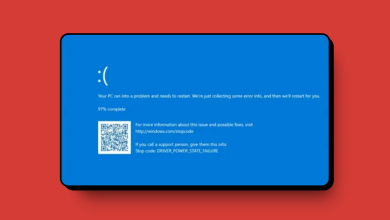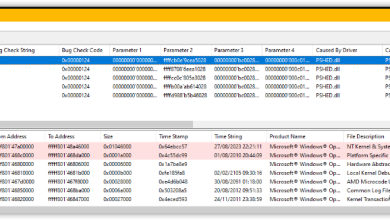How to Fix ‘Invalid Process Attach Attempt’ BSOD’ in Windows 10?
The BSOD ‘Invalid Process Attach Attempt‘ usually occurs because of a problematic update installed in Windows. Furthermore, it might also occur due to faulty hardware components like your RAM. In some cases, a faulty driver was the cause of the problem as well.

Here, we have categories each solution according to a different case. Make sure that you read the description and follow the solutions accordingly.
Solution 1: Uninstalling Update through Boot in Advanced Recovery Environment
Usually, after the BSOD appears, the device restarts and runs as normal. However, sometimes it can get stuck in a loop. The blue screen keeps appearing and the device keeps restarting. The solution in such a case is to boot in the Advanced Recovery Mode and uninstall any recently installed updates. There have been several cases where an update causes the BSOD under discussion.
- Restart the device and when Windows begins to load (the circling dots appear), hold down Power button for 5-10 seconds. Repeat above step 2-3 times.
- The device will automatically boot in advanced recovery mode.
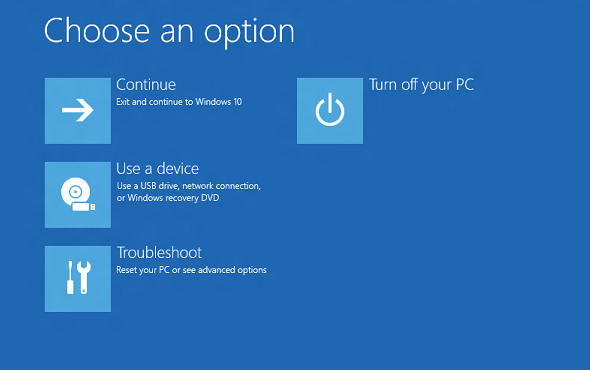
Troubleshoot - Click on Troubleshoot and then Advanced Options.
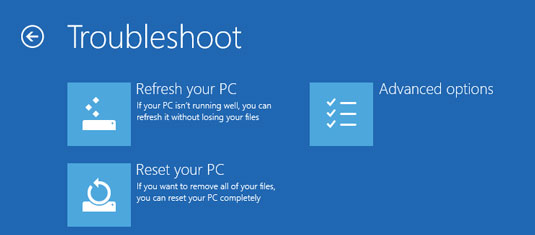
Advanced Options - Now, select Go back to the previous version.
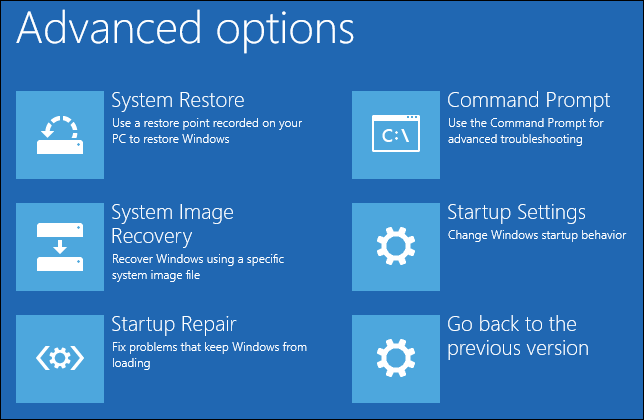
Advanced Recovery Options - After you have rolled back your OS, restart your computer completely and check if the problem is resolved.
Solution 2: Startup in Clean Boot
There are instances where users are not greeted by BSOD whenever they turn on their computers. Instead, the behavior is random during use. The BSOD here might be because of an application or a service that is conflicting with the operating system. To diagnose which application/service is causing an issue, we will boot your computer in a Clean Boot state.
In a Clean Boot state, all third-party applications and services are disabled by default. If there was a problematic application/service, it will be disabled and then you can diagnose one by one which one was causing the problem.
- Press Windows key and type msconfig and select System Configuration from the results.
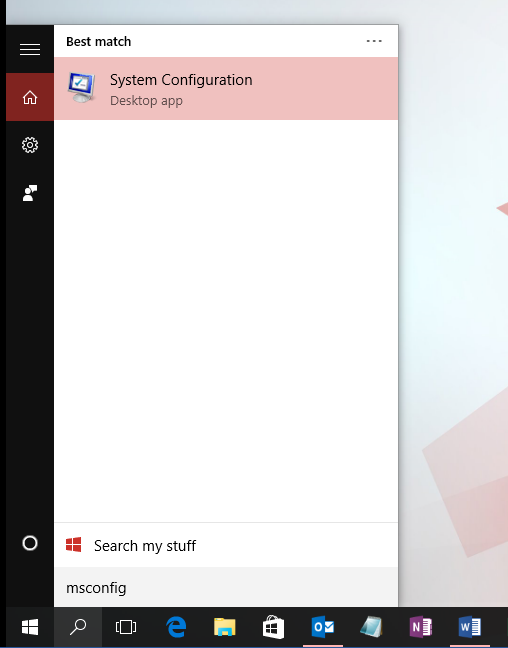
System Configuration - Choose the Services tab of System Configuration, then select Hide all Microsoft services and click Disable all.

Services - Go to the Startup tab of System Configuration, select Open Task Manager.

Startup - Under Startup in Task Manager, for each startup item, select the item and then select Disable at the bottom of the application.
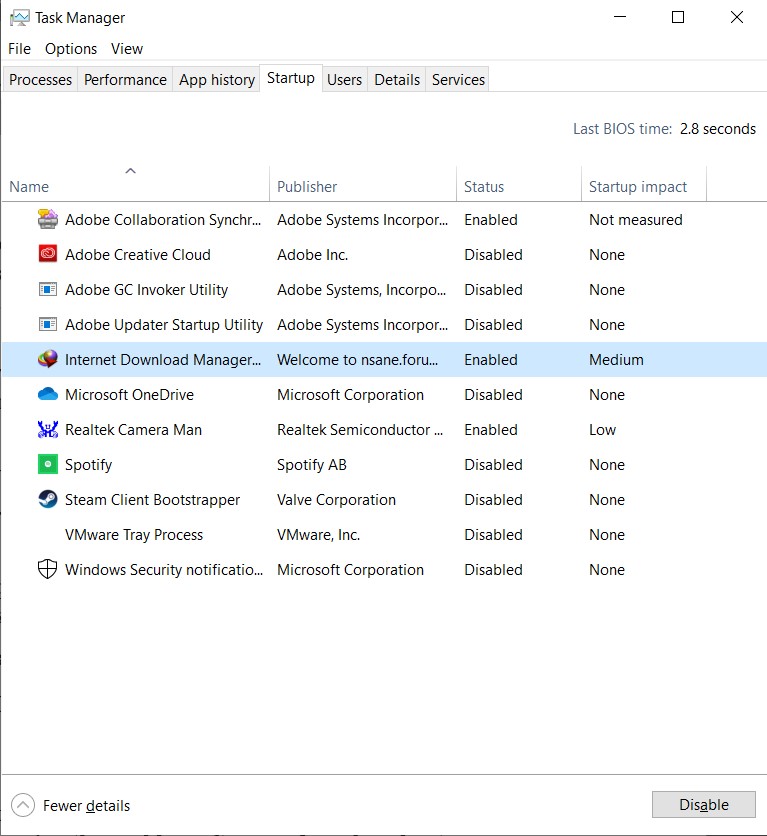
Task Manager - Close Task Manager.
- Go back to the Startup tab of System Configuration, click on OK at the bottom of the screen. When the computer restarts, it will be in a clean boot environment.
- Now, you can enable the services in groups and see if the BSOD occurs again. When it does, you can pinpoint which one is causing problems and uninstall the application or disable the service accordingly.
To run troubleshoot follow the steps mentioned here in Microsoft’s official support page.
Solution 3: Check RAM
As mentioned above, the BSOD error can also be caused by a hardware failure. However, most of the time, the computer restarts on its own after the blue screen appears and gets back to normal. However, if that is not the case, then we can check the RAM. The RAM might be loose or, it may have to be replaced entirely. If you have multiple RAM modules, consider unplugging them individually to check if they are working fine. Moreover, it is advised to visit a local tech shop if you are not an expert at this.
